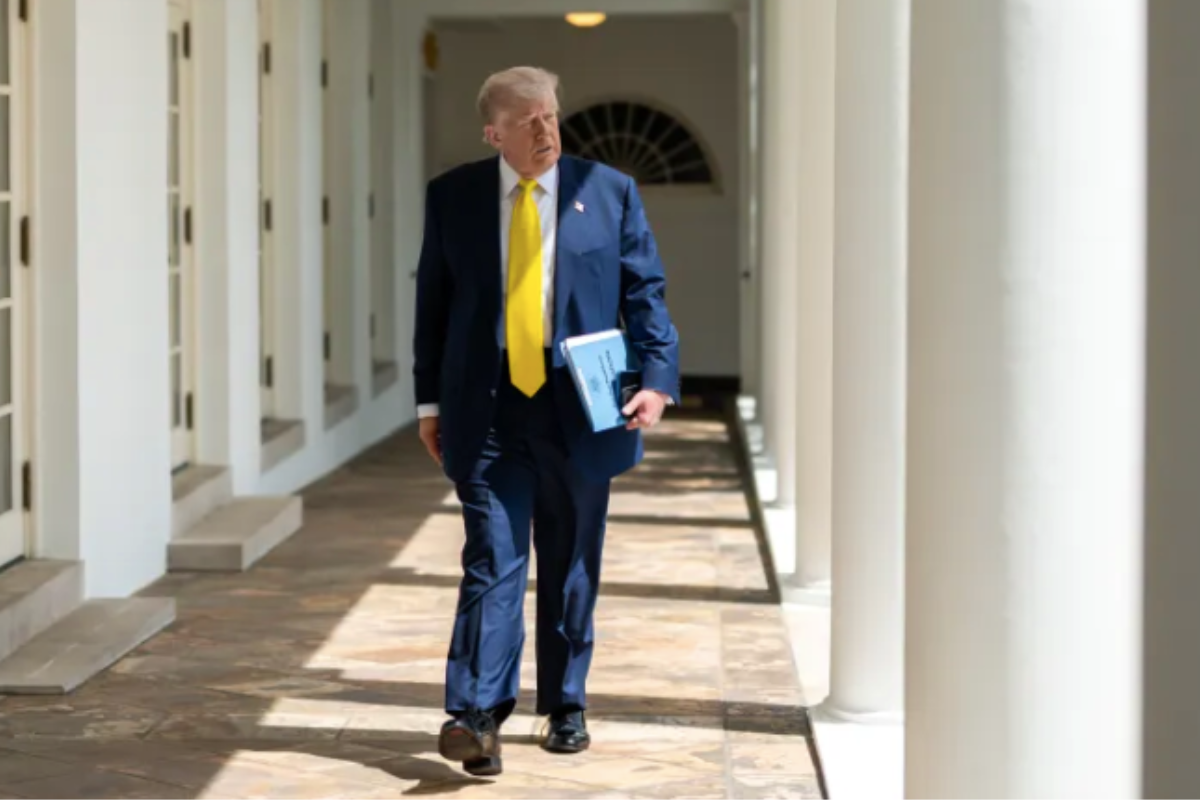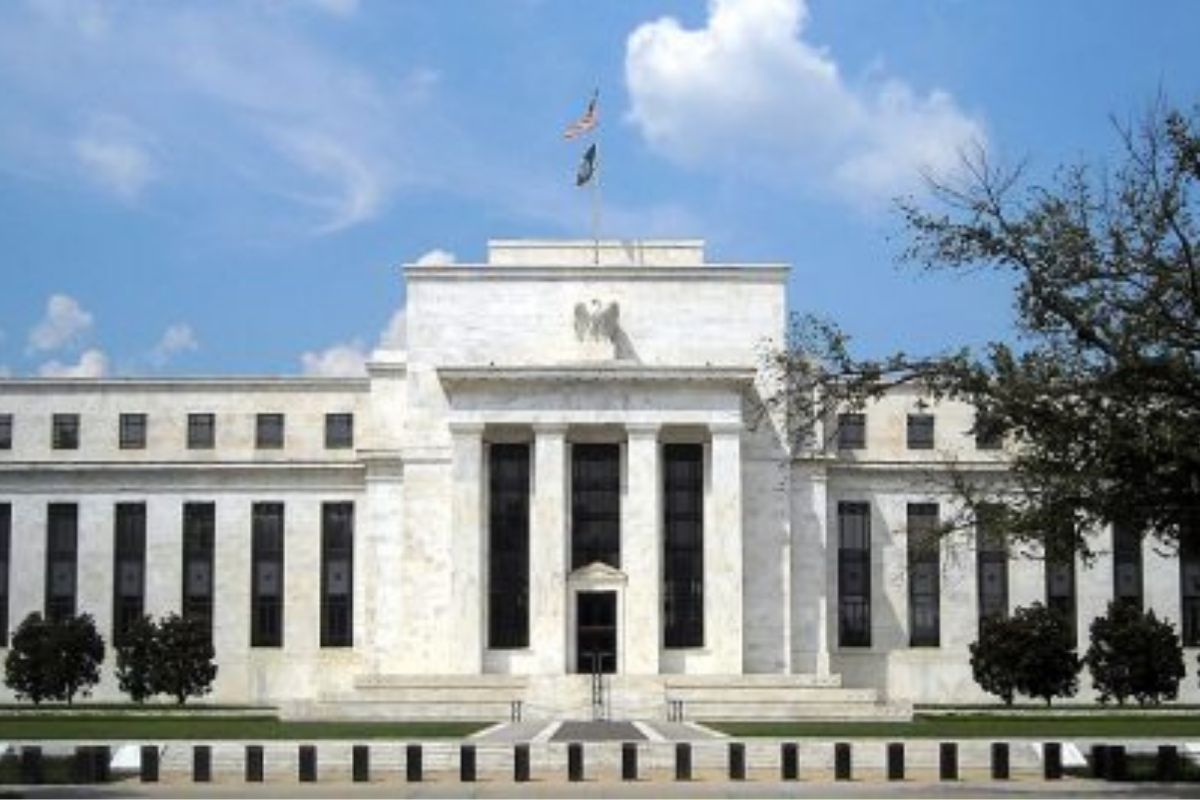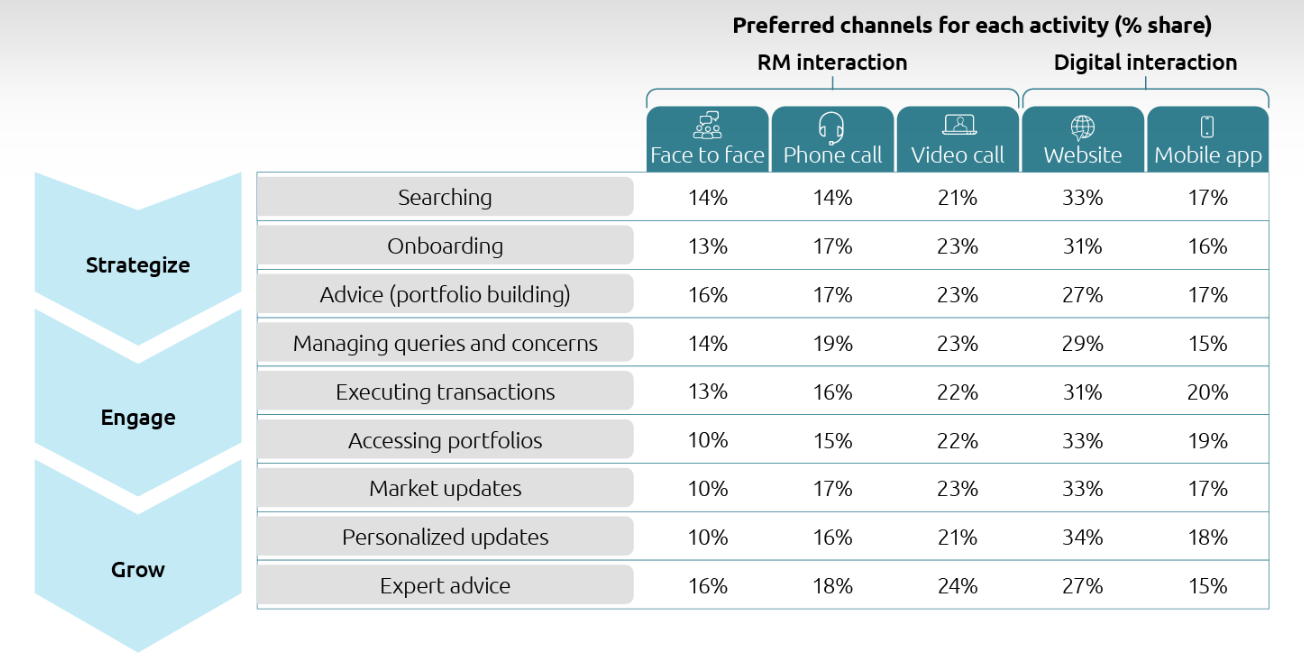The Trend of “Friendvesting” Gains Traction Amid Structural Geopolitical Risk
| By Amaya Uriarte | 0 Comentarios

Geopolitical Factors Like Military Conflicts, Sanctions, and Long-Term Shifts Such as Trade Barriers Are Increasingly Influencing Investment Decisions, according to findings from the report “Friendvesting: The New Architecture of Investment in a Fractured World”, developed by Economist Impact and sponsored by Xtrackers from DWS.
The document reveals that equity and fixed income, in particular, react quickly to political events, forcing fund managers and investors to rethink old assumptions about risk and return. In this context, the report’s authors propose friendvesting—investing alongside geopolitical allies with shared economic and strategic interests—as a core strategy for institutional investors in 2025.
What Is the “Friendvesting Era”?
“Institutional investors no longer treat geopolitical conflict as background noise. The war in Ukraine and the Middle East, tensions in the Taiwan Strait, and tariff threats from Washington have turned geopolitics into a central variable in portfolio construction. The firm’s survey of 300 global investors shows a shift: from viewing geopolitics as episodic to treating it as structural—redefining the destination of capital flows, their allocation, and management. The emerging pattern is friendvesting: aligning capital with jurisdictions where geopolitics is less intrusive and avoiding—or at least protecting against—any rising risks,” the report states.
Friendvesting begins with geography: two-thirds of investors state that it is the main factor influencing the geopolitics of their portfolios. For real assets (ports, pipelines, or real estate), location is crucial. But in most cases, investors are less concerned about where an asset is recorded than about its exposure to geopolitical risks that move across geographic borders. In equities, the question isn’t whether a company is listed in Boston or Beijing, but whether it depends on suppliers, clients, or operations in volatile jurisdictions. The new geography of capital is defined less by proximity than by dependency.
Asset Classes and the Shape of Risk
If geography defines the boundaries of friendvesting, asset allocation gives it shape. Different assets carry geopolitical risk in different ways. Some transmit it openly; others conceal it until problems emerge. Bonds depend on legal enforceability; stocks reveal operational entanglements; and real assets are vulnerable due to their physical immobility. For investors, the task is to understand how each asset absorbs and transmits geopolitical tension. This is made more difficult by the unreliability of traditional risk metrics when international conflicts arise.
According to the report, geopolitical risks are unevenly distributed across sectors. Some industries lie closer to dividing lines and are vulnerable to sanctions and regulatory barriers. The study prioritizes technology, energy, and defense. However, the specific boundaries of exposure vary by country. Investors ask what each sector represents—how it is perceived, politicized, and potentially weaponized.
The Bureaucratization of the Unpredictable
Quantifying geopolitical risk remains difficult, which is why nearly half of investors cite forecasting uncertainty as their main challenge. Sanctions and tariffs are hard to model, and wars break out without warning. Institutional responses vary: some firms create cross-functional risk committees; others outsource to consulting firms staffed by former diplomats. Hybrid investment models—combining passive exposures with dynamic hedging—are gaining ground, offering both stability and responsiveness.










